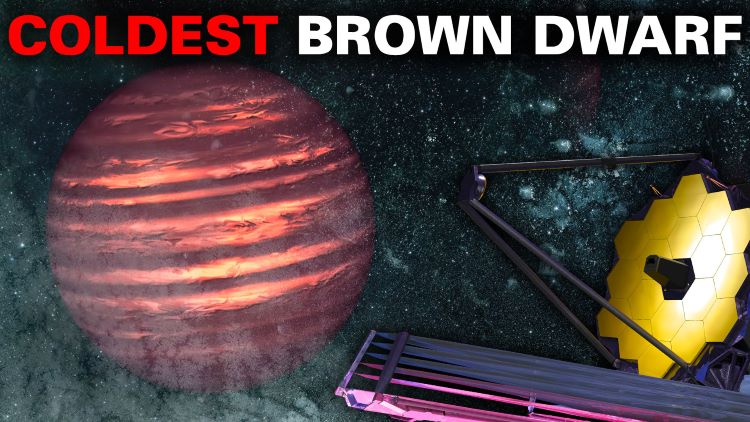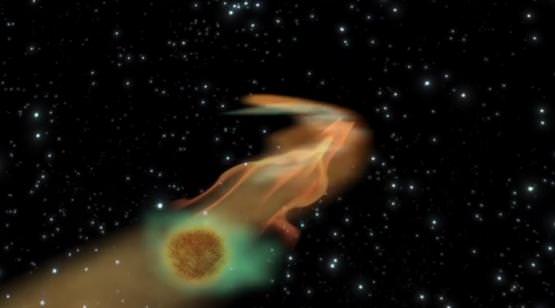What are the atmospheric compositions of cold brown dwarf stars? This is what a recent study published in The Astronomical Journal hopes to address as an international team of researchers used NASA’s James Webb Space Telescope (JWST) to investigate the coldest known brown dwarf star, WISE J085510.83?071442.5 (WISE 0855). This study holds the potential to help astronomers better understand the compositions of brown dwarf stars, which are also known as “failed stars” since while they form like other stars, they fail to reach the necessary mass to produce nuclear fusion. So, what was the motivation behind using JWST to examine the coldest known brown dwarf star?
Continue reading “Brrr. JWST Looks at the Coldest Brown Dwarf”Astronomers Measure the Wind Speed on a Brown Dwarf for the First Time. Spoiler: Insanely Fast
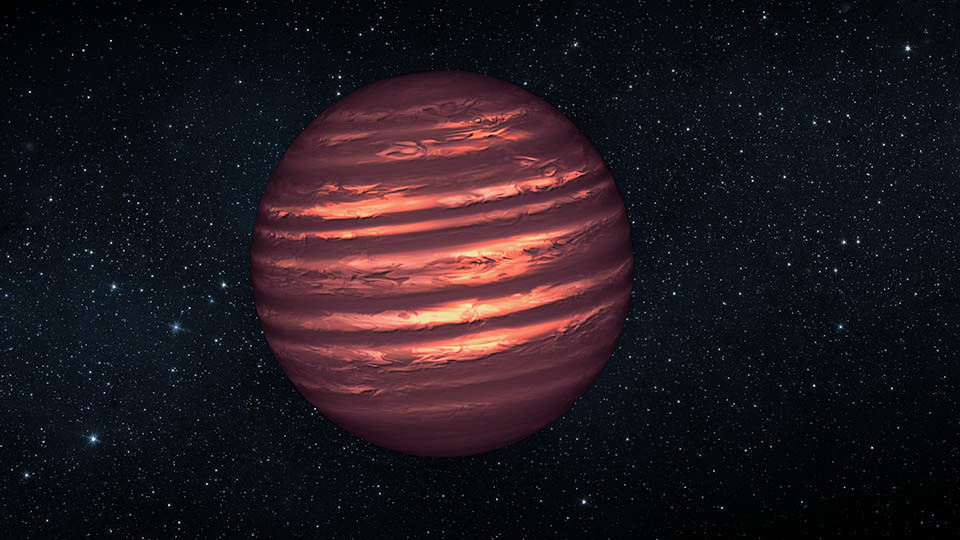
In some ways, brown dwarfs are nature’s stellar oddballs. A lot of stars exhibit strange behaviour at different times in their evolution. But brown dwarfs aren’t even certain that they’re stars at all.
But that doesn’t mean astronomers don’t want to study and understand them.
Continue reading “Astronomers Measure the Wind Speed on a Brown Dwarf for the First Time. Spoiler: Insanely Fast”Nearby Brown Dwarf System May Harbor Closest Exoplanet to Earth
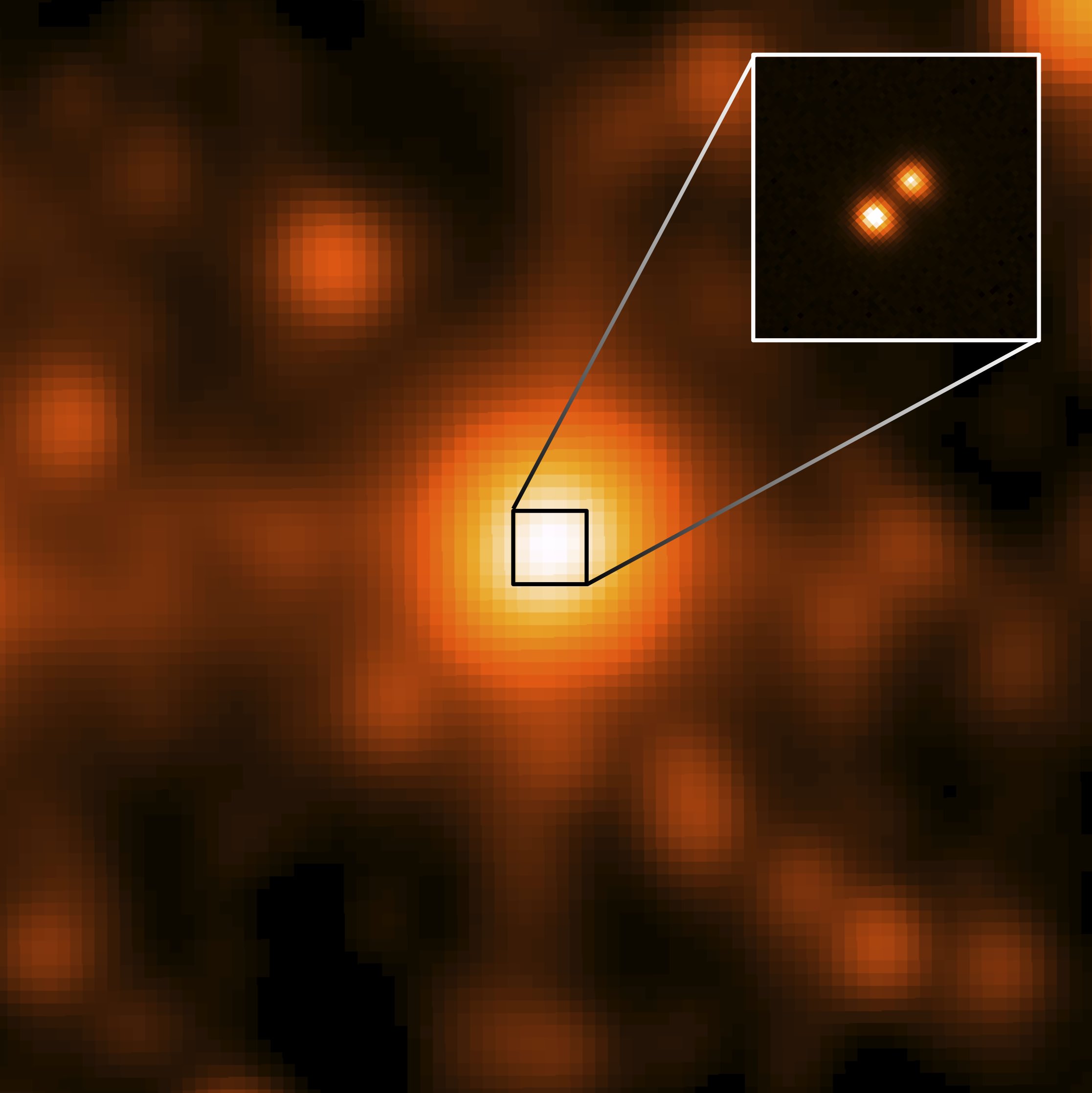
In 2012 astronomers announced the discovery of an Earth-like planet circling our nearest neighbor, Alpha Centauri B, a mere 4.3 light-years away. But with such a discovery comes heated debate. A second group of astronomers was unable to confirm the exoplanet’s presence, keeping the argument unresolved to date.
But not to worry. One need only look 2.3 light-years further to see tantalizing — although yet unconfirmed — evidence of an exoplanet circling a pair of brown dwarfs: objects that aren’t massive enough to kick-off nuclear fusion in their cores. There just may be an exoplanet in the third closest system to our Sun.
Astronomers only discovered the system last year when the brown dwarfs were spotted in data from NASA’s Wide-field Infrared Explorer (WISE). Check out a past Universe Today article on the discovery here. They escaped detection for so long because they are located in the galactic plane, an area densely populated by stars, which are far brighter than the brown dwarfs.
Henri Boffin at the European Southern Observatory led a team of astronomers on a mission to learn more about these newly found dim neighbors. The group used ESO’s Very Large Telescope (VLT) at Paranal in Chile to perform astrometry, a technique used to measure the position of the objects precisely. This crucial data would allow them to make a better estimate of the distance to the objects as well as their orbital period.
Boffin’s team was first able to constrain their masses, finding that one brown dwarf weighs in at 30 times the mass of Jupiter and the other weighs in at 50 times the mass of Jupiter. These light-weight objects orbit each other slowly, taking about 20 years.
But their orbits didn’t map out perfectly — there were slight disturbances, suggesting that something was tugging on these two brown dwarfs. The likely culprit? An exoplanet — at three times the weight of Jupiter — orbiting one or even both of the objects.
“The fact that we potentially found a planetary-mass companion around such a very nearby and binary system was a surprise,” Boffin told Universe Today.
The next step will be to monitor the system closely in order to verify the existence of a planetary-mass companion. With a full year’s worth of data it will be relatively straightforward to remove the signal caused by the exoplanet.
So far only eight exoplanets have been discovered around brown dwarfs. If confirmed, this planet will be the first to be discovered using astrometry.
“Once the companion is confirmed, this will be an ideal target to image using the upcoming SPHERE instrument on the VLT,” Boffin said. This instrument will allow astronomers to directly image planets close to their host star — a difficult technique worth the challenge as it reveals a wealth of information about the planet.
Once confirmed, this planet will stand as the closest exoplanet to the Sun, until the debate regarding Alpha Centauri Bb is resolved.
The paper has been accepted for publication as an Astronomy & Astrophysics Letter and is available for download here. For more information on Alpha Centauri Bb please read a paper available here and published in the Astrophysical Journal.
Astronomers Watch as a Black Hole Eats a Rogue Planet
In Star Wars, the Millennium Falcon narrowly escaped being devoured by an exogorth (space slug) slumbering inside an asteroid crater. An unsuspecting rogue giant planet wasn’t as lucky. Astronomers using the Integral space observatory were able to watch as the planet was eaten by a black hole that had been inactive for decades. It woke up just in time to make a meal out of the unwary planet.
“The observation was completely unexpected, from a galaxy that has been quiet for at least 20–30 years,” says Marek Nikolajuk of the University of Bialystok, Poland, lead author of the paper in Astronomy & Astrophysics.
Nikolajuk and his team added that the event is a preview of a similar feeding event that is expected to take place with the black hole at the center of our own Milky Way Galaxy.
The discovery in galaxy NGC 4845, 47 million light-years away, was made by Integral, with follow-up observations from ESA’s XMM-Newton, NASA’s Swift and Japan’s MAXI X-ray monitor on the International Space Station.
Astronomers were using Integral to study a different galaxy when they noticed a bright X-ray flare coming from another location in the same wide field-of-view. Using XMM-Newton, the origin was confirmed as NGC 4845, a galaxy never before detected at high energies.
Along with Swift and MAXI, the emission was traced from its maximum in January 2011, when the galaxy brightened by a factor of a thousand, and then as it subsided over the course of the year.
By analyzing the characteristics of the flare, the astronomers could determine that the emission came from a halo of material around the galaxy’s central black hole as it tore apart and fed on an object of 14–30 Jupiter masses, and so the astronomers say the object was either a super-Jupiter or a brown dwarf.
This object appears to have been ‘wandering,’ which would fit the description of recent studies that have suggested that free-floating planetary-mass objects of this kind may occur in large numbers in galaxies, ejected from their parent solar systems by gravitational interactions.
The black hole in the center of NGC 4845 is estimated to have a mass of around 300,000 times that of our own Sun. The astronomers said it also appears to enjoy playing with its food: the way the emission brightened and decayed shows there was a delay of 2–3 months between the object being disrupted and the heating of the debris in the vicinity of the black hole.
“This is the first time where we have seen the disruption of a substellar object by a black hole,” said co-author Roland Walter of the Observatory of Geneva, Switzerland. “We estimate that only its external layers were eaten by the black hole, amounting to about 10% of the object’s total mass, and that a denser core has been left orbiting the black hole.”
The flaring event in NGC 4845 might be similar to what is expected to happen with the supermassive black hole at the center of our own Milky Way Galaxy, perhaps even this year, when an approaching Earth-mass gas cloud is expected to meet its demise.
Along with the object seen being eaten by the black hole in NGC 4845, these events will tell astronomers more about what happens to the demise of different types of objects as they encounter black holes of varying sizes.
“Estimates are that events like these may be detectable every few years in galaxies around us, and if we spot them, Integral, along with other high-energy space observatories, will be able to watch them play out just as it did with NGC 4845,” said Christoph Winkler, ESA’s Integral project scientist.
The team’s paper: Tidal disruption of a super-Jupiter in NGC 4845
Source: ESA
Free Range Brown Dwarfs
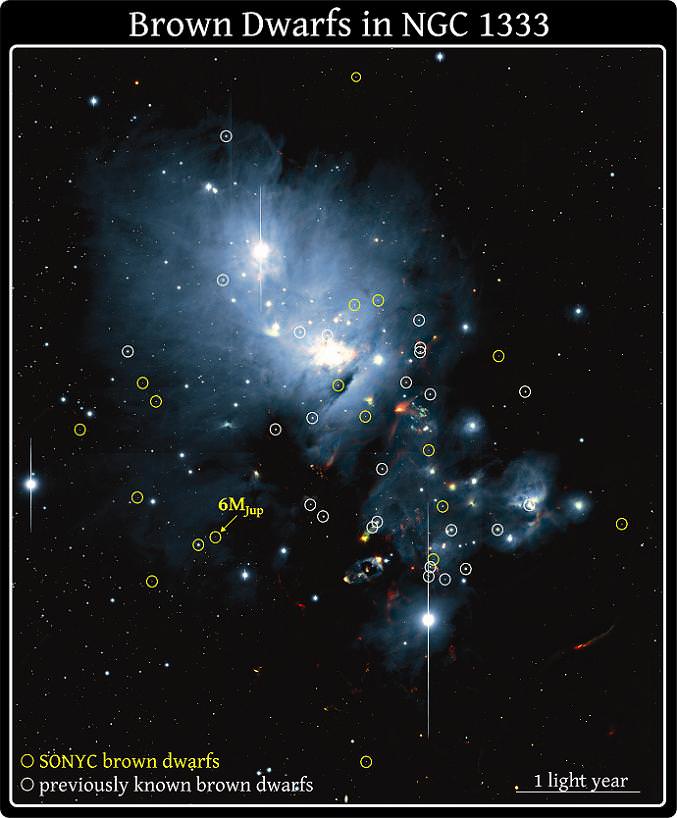
[/caption]
Using two of the world’s largest optical-infrared telescopes, the Subaru Telescope in Hawaii and the Very Large Telescope (VLT) in Chile, an international team of astronomers has discovered more than two dozen brown dwarf stars floating around in two galactic clusters. During the Substellar Objects in Nearby Young Clusters (SONYC) survey, these “failed stars” came to their attention by showing up in extremely deep images of the NGC 1333 and rho Ophiuchi star clusters at both optical and infrared wavelengths. To make the findings even more exciting, these stellar curiosities outnumbered the “normal” stars in one cluster!
“Our findings suggest once again that objects not much bigger than Jupiter could form the same way as stars do. In other words, nature appears to have more than one trick up its sleeve for producing planetary mass objects,” says Professor Ray Jayawardhana, Canada Research Chair in Observational Astrophysics at the University of Toronto and leader of the international team. Their discovery will be published in two upcoming papers in the Astrophysical Journal and will be presented this week at a scientific conference in Garching, Germany.
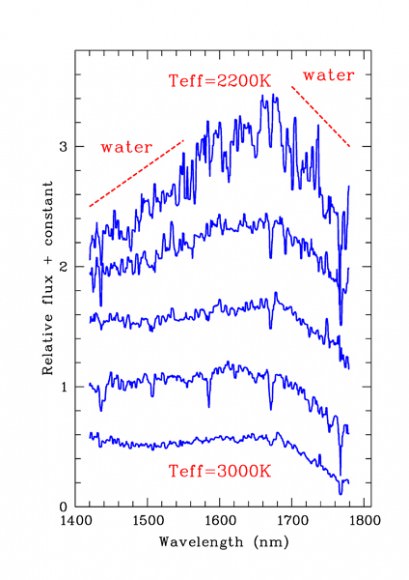
Using spectroscopy, the researchers were able to separate candidate brown dwarfs by their red color. But there’s more to the story than just hues. In this case, it’s the identification of one that’s only about six times more massive than Jupiter. Located in NGC 1333, it is the smallest known free-floating object to date. What does that mean? “Its mass is comparable to those of giant planets, yet it doesn’t circle a star. How it formed is a mystery,” said Aleks Scholz of the Dublin Institute for Advanced Studies in Ireland, lead author of the first paper.
Brown dwarfs are indeed unusual. They walk a fine line between planet and star – and may have once been in stellar orbit, only to be ejected at some point in time. But in this circumstance, all of the brown dwarfs found in this particular cluster have very low mass – only about twenty times that of Jupiter. “Brown dwarfs seem to be more common in NGC 1333 than in other young star clusters. That difference may be hinting at how different environmental conditions affect their formation,” said Koraljka Muzic of the University of Toronto in Canada, lead author of the second paper.
“We could not have made these exciting discoveries if not for the remarkable capabilities of Subaru and the VLT. Instruments that can image large patches of the sky and take hundreds of spectra at once are key to our success,” said Motohide Tamura of the National Astronomical Observatory of Japan.
Free-range brown dwarfs? I’ll take mine over easy…
Original Story Source: Subaru Telescope News.

